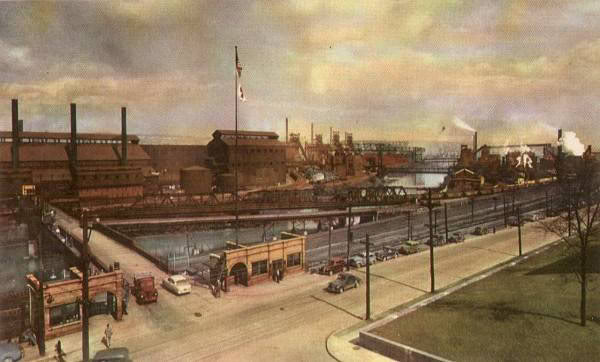The American Shale Revolution has, without a doubt, impacted countless towns around the country. The mass influx of workers, the high wages, and the new job opportunities have boosted struggling towns and given the residents of economically depressed areas something to look forward to.
But through this glimmer of hope, many can’t help but remember the booms of the past that stranded once-thriving communities once the heyday ceased. There are no two ways about it: The energy industry is cyclical, repeating its boom-and-bust scenario in perpetuity.

